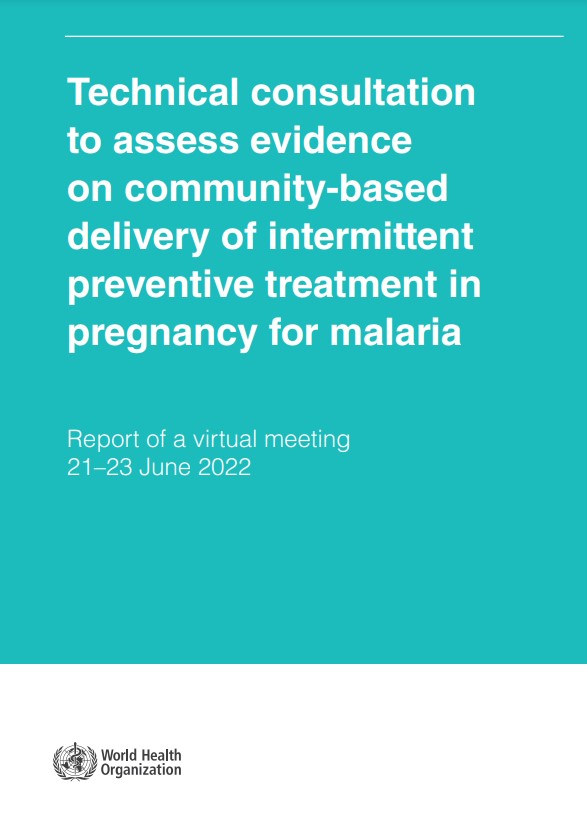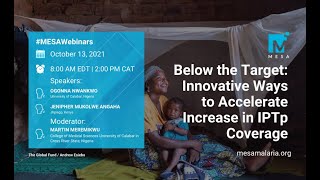Last Updated: 29/05/2024
Revive IPTp-SP: Revitalization of Intermittent Preventive Treatment of Malaria in Pregnancy in Kenya
Objectives
To revitalise and support the effective delivery and uptake of sulphadoxine-pyrimethamine (SP) for intermittent preventive treatment (IPTp) of malaria in pregnancy (MiP) in Kenya.
Specific objectives:
- Increasing programme implementers and healthcare providers’ understanding, capacity and willingness to promote use of SP in IPTp;
- Increasing community engagement on IPTp and promote self-care by pregnant women; and,
- Strengthening the capacity of county government bodies to deliver and monitor IPTp-SP interventions as part of the country’s devolved healthcare system.
Nearly a third of Kenya’s 51 million people live in malaria endemic zones with millions more exposed to the seasonal transmission of the disease. Malaria is one of leading causes of morbidity and mortality, and pregnant women are especially susceptible to malaria infection. Malaria infection during pregnancy (MiP) is one of the most common causes of spontaneous abortion and has a devastating impact on health outcomes for mothers and infants, leading to severe maternal anemia, low infant birth weight, preterm delivery and stillbirth.
Intermittent preventive treatment of malaria in pregnancy using sulfadoxine-pyrimethamine (IPTp-SP) is a longstanding, clinically-proven, safe, cost-effective, life-saving medical intervention for the prevention and management of MiP. The World Health Organization’s guidelines on IPTp recommends that pregnant women in areas of moderate-to-high transmission in sub-Saharan Africa receive SP, ideally by directly observed therapy, at each antenatal care visit beginning in the second trimester. Despite Kenya’s adoption of this intervention in its national policies and guidelines beginning in 1998, uptake of IPTp for MiP has been consistently low.
May 2020 — Feb 2025
$2.5M


